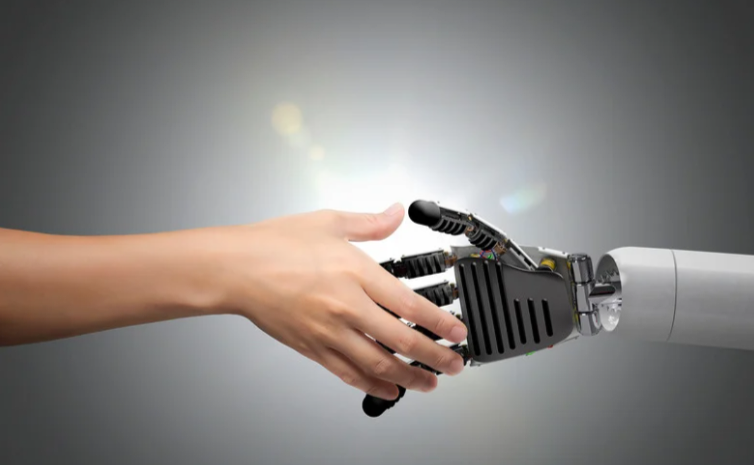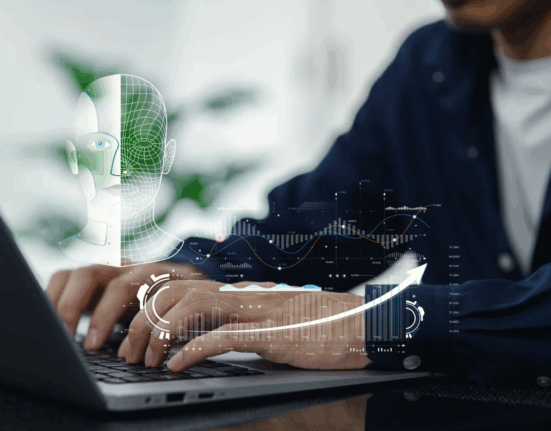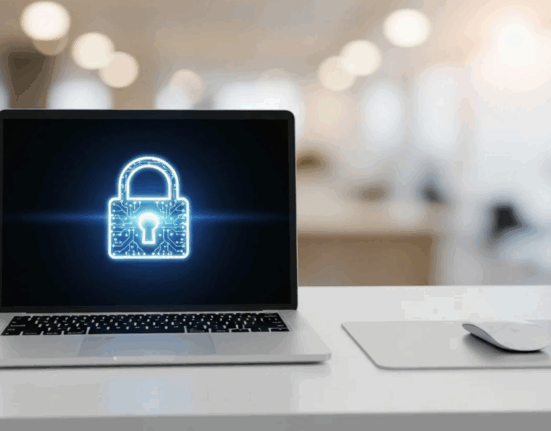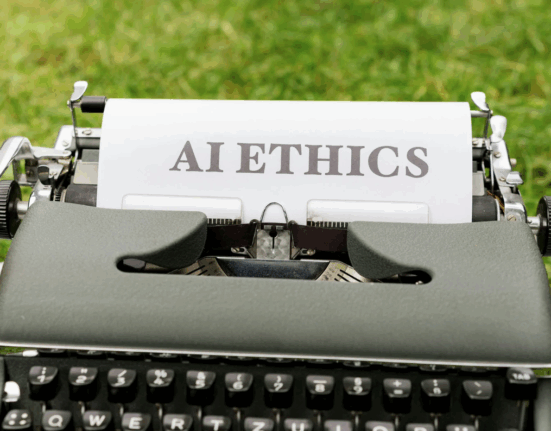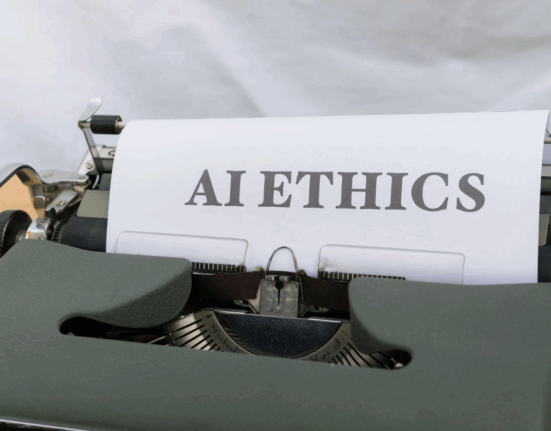Artificial Intelligence is rewriting the rules of business, creativity, and governance. But as AI’s influence grows, so does the need for ethical oversight. From Europe’s AI Act to the U.S. Blueprint for an AI Bill of Rights, governments worldwide are shaping laws that define how machines learn, make decisions, and affect our lives. So what do these global AI ethics regulations really mean for you?
Understanding the Rise of AI Ethics Regulations
AI ethics regulations didn’t appear overnight. They are the result of growing concerns about bias, surveillance, data misuse, and transparency. Governments, companies, and research organizations realized that without clear boundaries, AI could deepen inequality or erode trust in technology.
Why Global AI Regulation Matters
Strong AI governance ensures that innovation benefits humanity rather than exploiting it. Global AI ethics regulations promote fairness, accountability, and human oversight. They prevent corporations from using opaque algorithms that discriminate or violate user privacy.
The European Union’s AI Act: A Global Benchmark
The EU AI Act stands as one of the most comprehensive attempts to regulate artificial intelligence. It classifies AI systems by risk level — from minimal to unacceptable — and sets strict requirements for high-risk systems like facial recognition and predictive policing.
Key Provisions of the EU AI Act
- Risk-Based Classification: AI tools are categorized by their impact potential.
- Transparency Requirements: Companies must disclose when AI is interacting with humans.
- Data Quality Standards: Systems must be trained on unbiased and representative data.
- Accountability Measures: Fines can reach up to 6% of global revenue for violations.
These rules ensure that AI remains both innovative and trustworthy.
The United States: A Decentralized Approach
Unlike the EU, the U.S. lacks a single national AI law. Instead, it relies on sector-specific guidelines and voluntary frameworks. The Blueprint for an AI Bill of Rights sets ethical principles for privacy, fairness, and transparency but stops short of enforcement.
AI Oversight in U.S. Sectors
- Healthcare: The FDA evaluates AI-based medical devices for safety and bias.
- Finance: The CFPB monitors AI-driven lending systems for discrimination.
- Employment: The EEOC examines hiring algorithms for fairness.
This patchwork approach gives flexibility but also leaves regulatory gaps.
China’s Rapidly Evolving AI Standards
China’s regulations focus heavily on content moderation, data security, and national sovereignty. The Generative AI Measures (2023) require AI developers to ensure outputs align with “socialist core values.” Compliance is mandatory for platforms like Baidu and Alibaba Cloud.
Core Elements of China’s AI Framework
- Mandatory Algorithm Registration: Developers must disclose how their AI works.
- Censorship Controls: AI-generated content must not threaten social stability.
- Data Localization: Personal data must be stored and processed within China.
These strict measures illustrate how AI policy reflects national priorities.
Other Global Efforts: From Canada to Australia
Several other countries are crafting their own AI ethics frameworks:
- Canada’s AI and Data Act (AIDA): Focuses on responsible innovation and human oversight.
- Australia’s AI Ethics Principles: Encourage transparency, fairness, and accountability.
- Japan’s AI Guidelines: Promote trust-based cooperation between humans and AI.
Together, these initiatives reflect a shared global concern for ethical technology.
The Role of the OECD and UNESCO
Global organizations also shape AI ethics norms. The OECD Principles on Artificial Intelligence advocate for human-centered values and robust governance. Similarly, UNESCO’s Recommendation on the Ethics of AI (2021) provides a blueprint for inclusive and sustainable AI deployment.
How Global Regulations Impact Businesses
For companies, AI compliance is no longer optional. Businesses that use AI to personalize marketing, analyze data, or automate operations must now ensure their systems align with ethical standards.
Steps Businesses Should Take
- Audit AI Models Regularly: Check for bias and inaccuracies.
- Ensure Transparency: Let users know when they’re interacting with AI.
- Strengthen Data Governance: Protect user data through encryption and anonymization.
- Train Employees: Build internal literacy around ethical AI practices.
Noncompliance can damage reputation and result in legal penalties.
The Individual Impact: What It Means for You
For everyday users, these laws translate into more control, transparency, and safety. You’ll have clearer insight into how your data is used and stronger rights when AI systems make decisions affecting your life — from hiring to credit scoring.
Balancing Innovation with Ethics
The challenge lies in balancing progress with protection. Overregulation could stifle creativity, while underregulation could lead to harm. Ethical AI encourages both innovation and responsibility — ensuring that machines amplify human potential rather than replace it.
Ethical AI in Practice: Real-World Examples
- Healthcare: AI diagnostics that explain their reasoning.
- Education: Adaptive learning platforms that avoid bias.
- Finance: Credit scoring systems audited for discrimination.
These examples prove that ethics and efficiency can coexist.
The Future of AI Governance
As AI evolves, so will its regulations. Expect updates that address generative AI, autonomous systems, and digital identity. Collaboration between nations will be crucial to create consistent global standards.
How You Can Prepare
Whether you’re a business owner, developer, or consumer, here’s how to stay ahead:
- Stay informed about global AI ethics developments.
- Use transparent AI tools that respect privacy.
- Advocate for ethical data use within your community or organization.
Understanding AI ethics empowers you to make informed choices in a digital-first world.
Conclusion
Global AI ethics regulations represent a new era of accountability. They define how machines should act — and how humans should guide them. By understanding and supporting these frameworks, you become part of a movement ensuring AI serves humanity, not the other way around.
FAQ
1. What is the purpose of global AI ethics regulations?
They aim to ensure AI systems are fair, transparent, and respect human rights while fostering innovation.
2. How does the EU AI Act differ from U.S. AI regulation?
The EU uses a strict, centralized approach, while the U.S. follows a sector-specific, flexible model.
3. How do these regulations affect businesses?
Companies must ensure AI systems are transparent, unbiased, and compliant with emerging laws to avoid penalties.
4. Will AI ethics laws slow down innovation?
Not necessarily. They create trust, which encourages wider adoption and sustainable growth.
5. What can individuals do to promote ethical AI?
Support transparency, use responsible tech, and stay informed about your digital rights.


